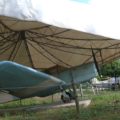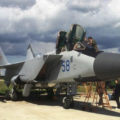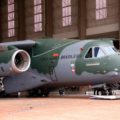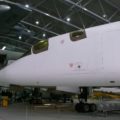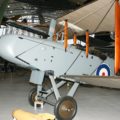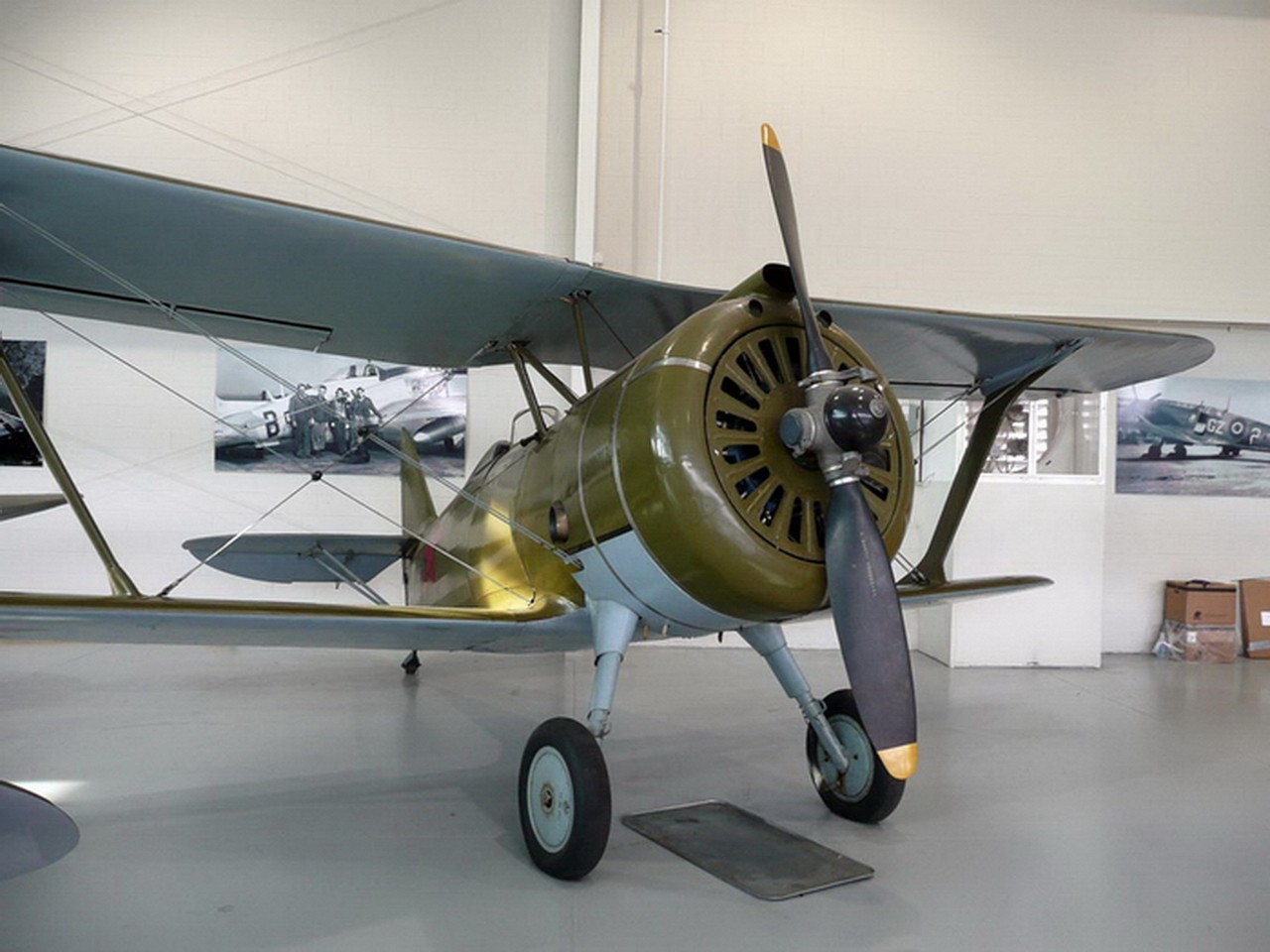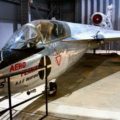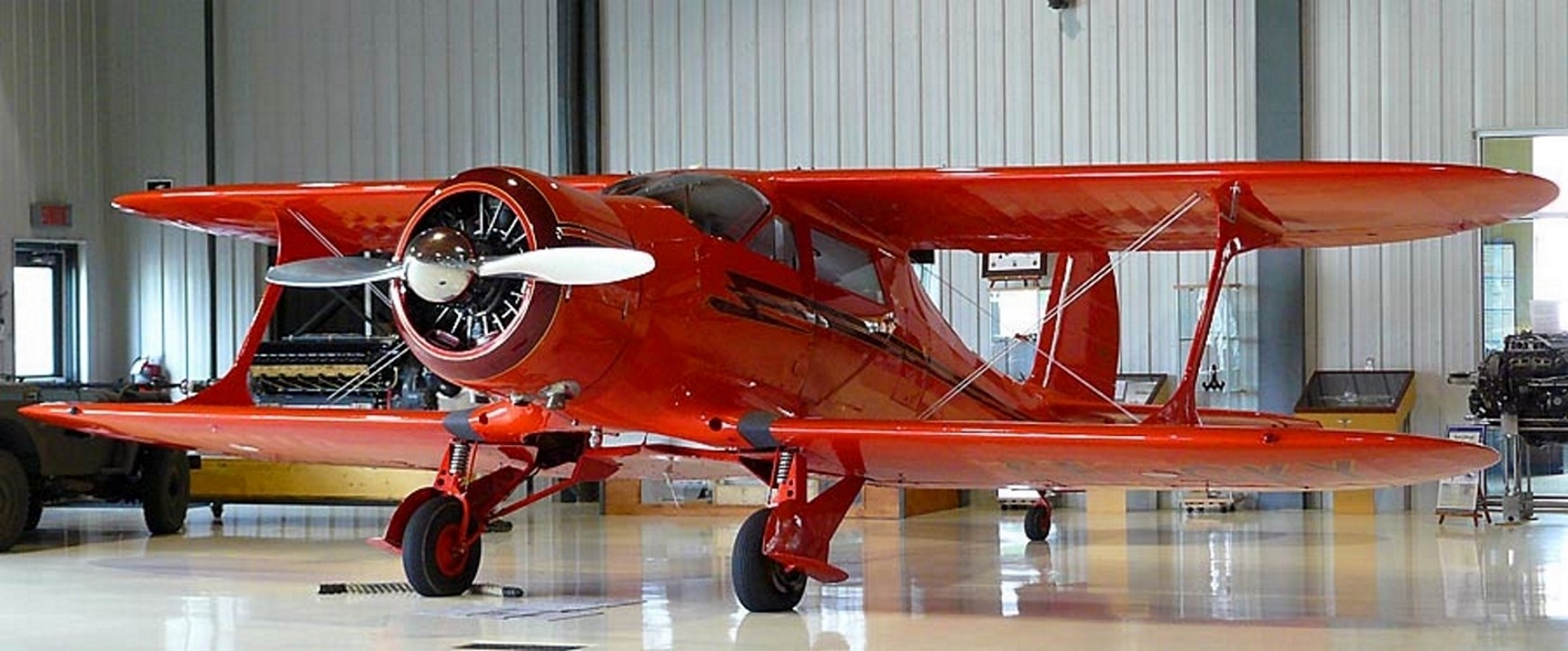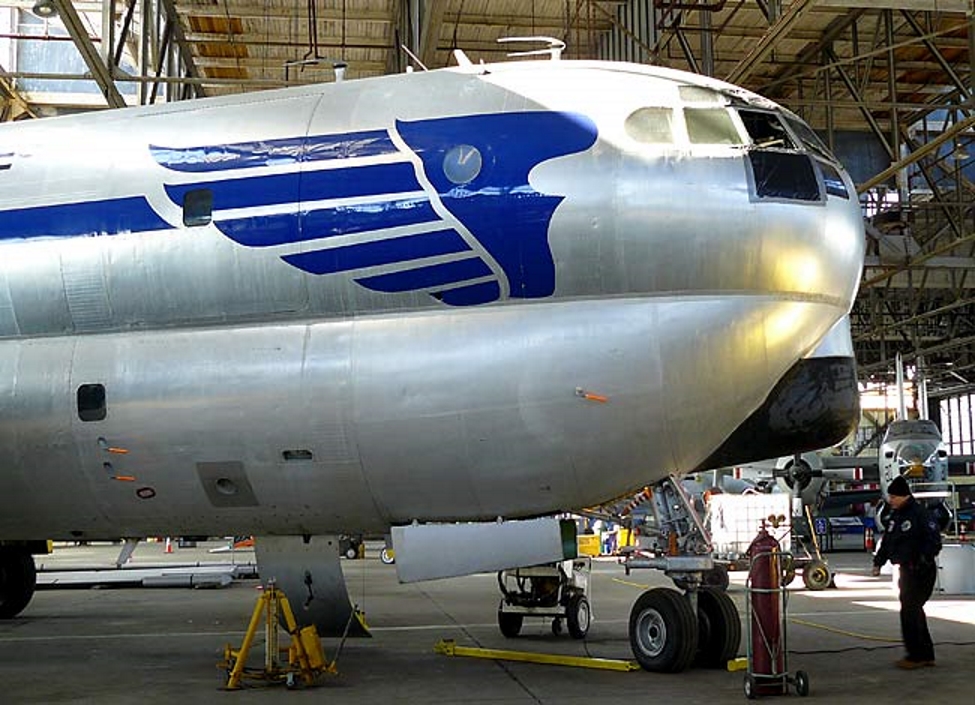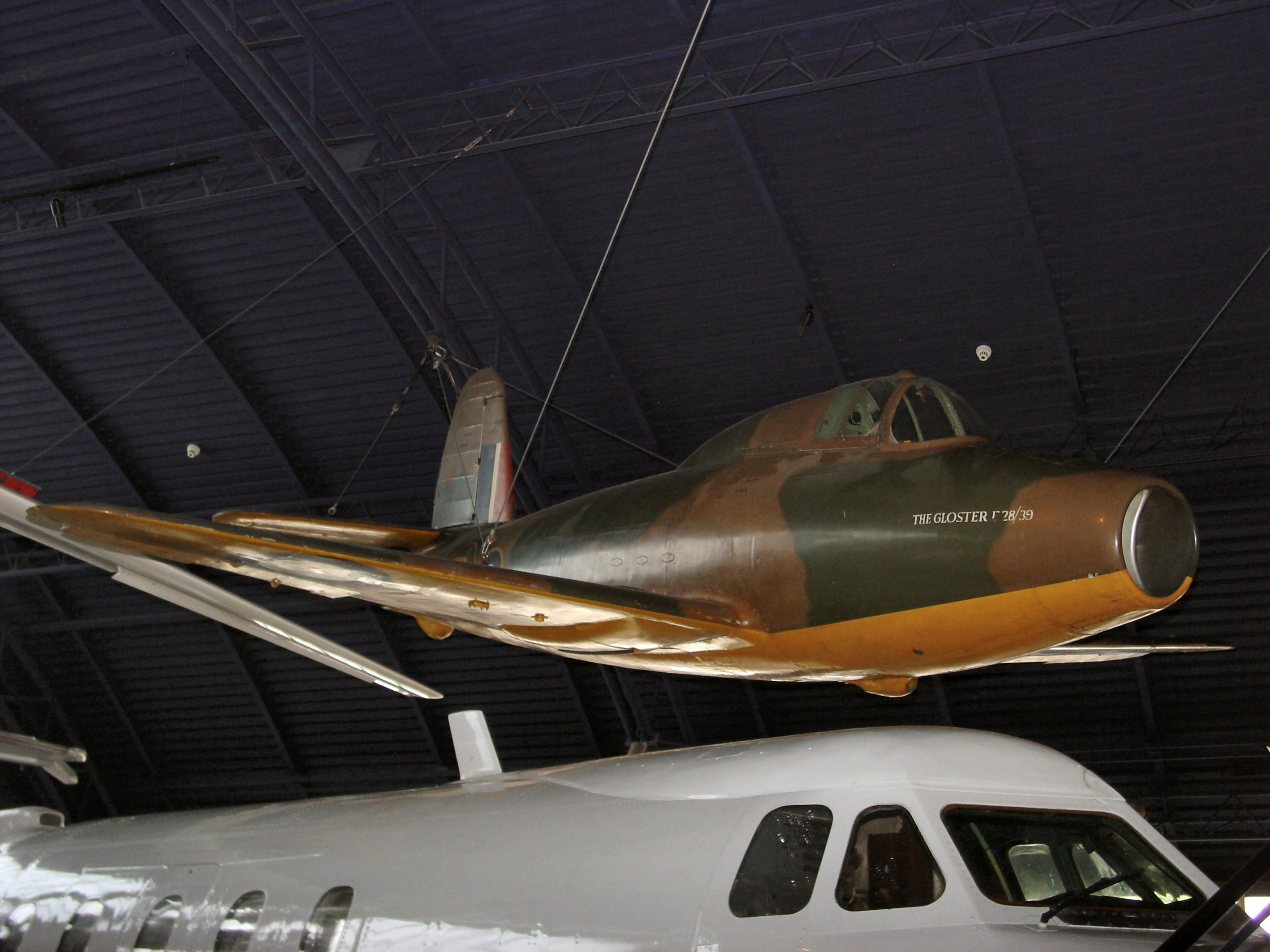
Gloster E.28-39 | |
| Riik | Uk |
| Tüüp | Reaktiivmootoriga õhusõidukid |
| Esimene lend | 15 May 1941 |
| Ehitatud | 2 prototüüpi |
Fotogalerii Gloster E.28-39, The Gloster E.28/39, (also referred to as the “Gloster Whittle”, “Gloster Pioneer”, or “Gloster G.40”) was the first British jet-engined aircraft to fly. It was designed to test the Whittle jet engine in flight, leading to the development of the Gloster Meteor.
Allikas: Gloster E.28-39 Vikis
| Gloster E.28-39 WalkAround | |
|---|---|
| Fotograaf | Ondrej Skarka |
| Lokaliseerimine | Teadmata |
| Fotod | 15 |
Seotud komplektid:
| Gloster E28-39 (Prototype) Walk Around | |
|---|---|
| Fotograaf | Unknow |
| Lokaliseerimine | Teadmata |
| Fotod | 11 |
Leia komplektid eBayst:
| Gloster E28-39 Walk Around | |
|---|---|
| Fotograafid | Howard Mason, Mark Hayward |
| Lokaliseerimine | Teadmata |
| Fotod | 31 |
Vaata ka:
The Gloster E.28-39 was a British experimental aircraft that made history as the first jet-powered flight in the United Kingdom. It was designed by George Carter and Frank Whittle, who developed the revolutionary turbojet engine that powered the plane. The E.28-39 was a small, single-seat monoplane with a low wing and a conventional tail unit. It had a retractable tricycle landing gear and a single jet exhaust at the rear. The plane was built by Gloster Aircraft Company and first flew on 15 May 1941 at RAF Cranwell, piloted by Gerry Sayer.
The E.28-39 demonstrated the feasibility and potential of jet propulsion, reaching speeds of over 350 mph and altitudes of over 40,000 feet. It also paved the way for the development of more advanced jet fighters, such as the Gloster Meteor, which became the first operational jet fighter in the world. The E.28-39 was a remarkable achievement of British engineering and innovation, and a milestone in aviation history.

Vaatamisi: 2570


